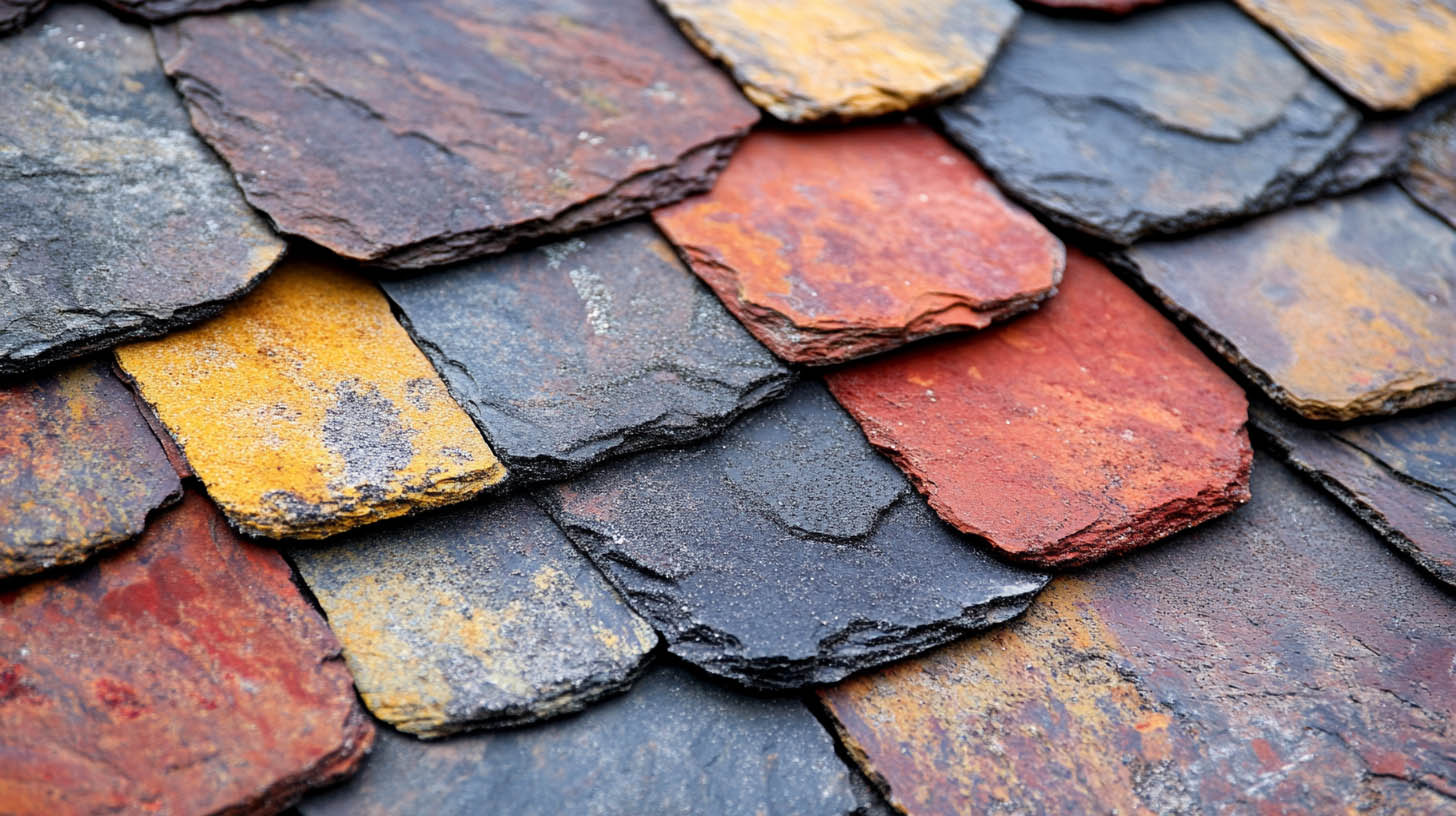
Geographic location has a significant influence on which roofing material is best suited for your home. Climate, weather patterns, and environmental conditions can impact the durability and performance of roofing materials, making it essential to choose an option tailored to your region. Rainstoppers Roofing in Charleston, WV, assists homeowners in selecting the most appropriate materials for their area, ensuring that roofs remain resilient and energy-efficient in any environment.
Recommended Roofing Materials by Region
1. Asphalt Shingles for the Northeast
In the Northeast, cold winters demand a material that can withstand heavy snowfall and freezing temperatures. Asphalt shingles are light, resilient, and provide solid insulation, making them well-suited for this region. Additionally, they are cost-effective and come in a variety of colors, adding curb appeal.
2. Metal Roofing for the Southeast
With its high humidity, frequent rain, and hurricane-prone seasons, the Southeast calls for durable, moisture-resistant roofing. Metal roofs excel in these conditions because they resist mold, algae, and corrosion. Metal roofs also offer strong wind resistance, making them ideal for areas prone to tropical storms.
3. Slate Tiles in the Midwest
The Midwest experiences harsh winters with significant snowfall and occasional hail. Slate tiles are perfect for these conditions due to their ability to endure heavy snow and resist impact. Though slate is an investment, its durability often exceeds several decades, providing long-term value for homeowners in regions with varied weather.
4. Wood Roofing for the Great Plains
The Great Plains benefit from the breathability and natural insulation of wood shingles. Wood allows air circulation in the attic, helping regulate temperature. Wood roofing is also wind-resistant and eco-friendly, providing a distinctive appearance as it ages naturally. However, it does require regular maintenance to prevent issues like rot or mold in wetter climates.
5. Asphalt and Composite Shingles for the West Coast
The West Coast often faces mild, coastal weather with occasional storms. Asphalt shingles or composite options are common in this area for their affordability and ease of installation. Additionally, composite shingles are resistant to UV damage, a useful property in sunny regions.
Additional Considerations for Geographic Roofing
Moisture and Humidity
Regions with high humidity should choose materials that resist mold, algae, and corrosion. Metal and treated wood are excellent options, as they provide durability without succumbing easily to moisture-related deterioration.
Wind and Storm Resistance
Areas prone to hurricanes or strong winds require roofing materials like metal and slate, which offer superior wind resistance. Selecting materials with proven resistance to high winds can prevent significant roof damage during storm seasons.
Insulation and Energy Efficiency
Cold regions, such as the Northeast and Midwest, benefit from materials that provide insulation, such as asphalt shingles or slate. In contrast, warmer climates may prefer cool roofing materials that reflect sunlight to reduce cooling costs.
Conclusion
Selecting the best roofing material for your geographic area requires understanding regional weather patterns and environmental factors. Rainstoppers Roofing is dedicated to helping clients in Charleston, WV, find roofing solutions that align with their climate for enhanced performance and longevity.
FAQs
- What is the best roofing material for areas with heavy snowfall?
- Slate and asphalt shingles are excellent for regions with heavy snow due to their durability and insulation properties.
- Is metal roofing a good choice for coastal areas?
- Yes, metal roofing is corrosion-resistant and ideal for areas with high humidity and salt exposure.
- Can wood roofing withstand strong winds?
- Yes, wood shingles are wind-resistant, especially when properly installed, making them suitable for regions with variable wind conditions.
- How does climate impact asphalt shingle lifespan?
- In hot climates, asphalt shingles may deteriorate faster, whereas they perform well in colder, milder regions.
- Are there eco-friendly roofing options for the Great Plains?
- Wood shingles are a sustainable option for the Great Plains, offering natural insulation and a unique aging process.
To learn more about the best roofing materials for coastal or beach homes, click here.
